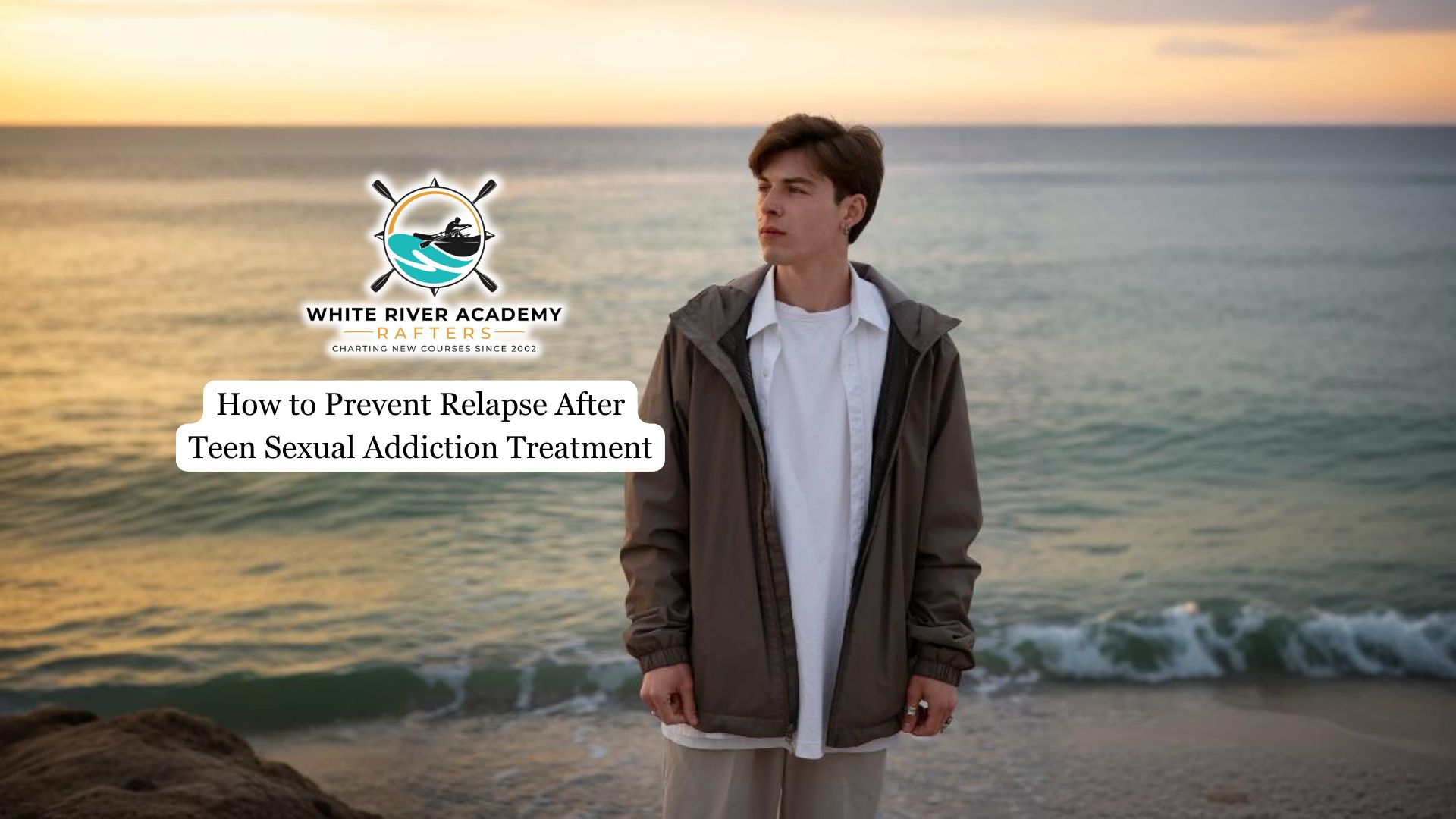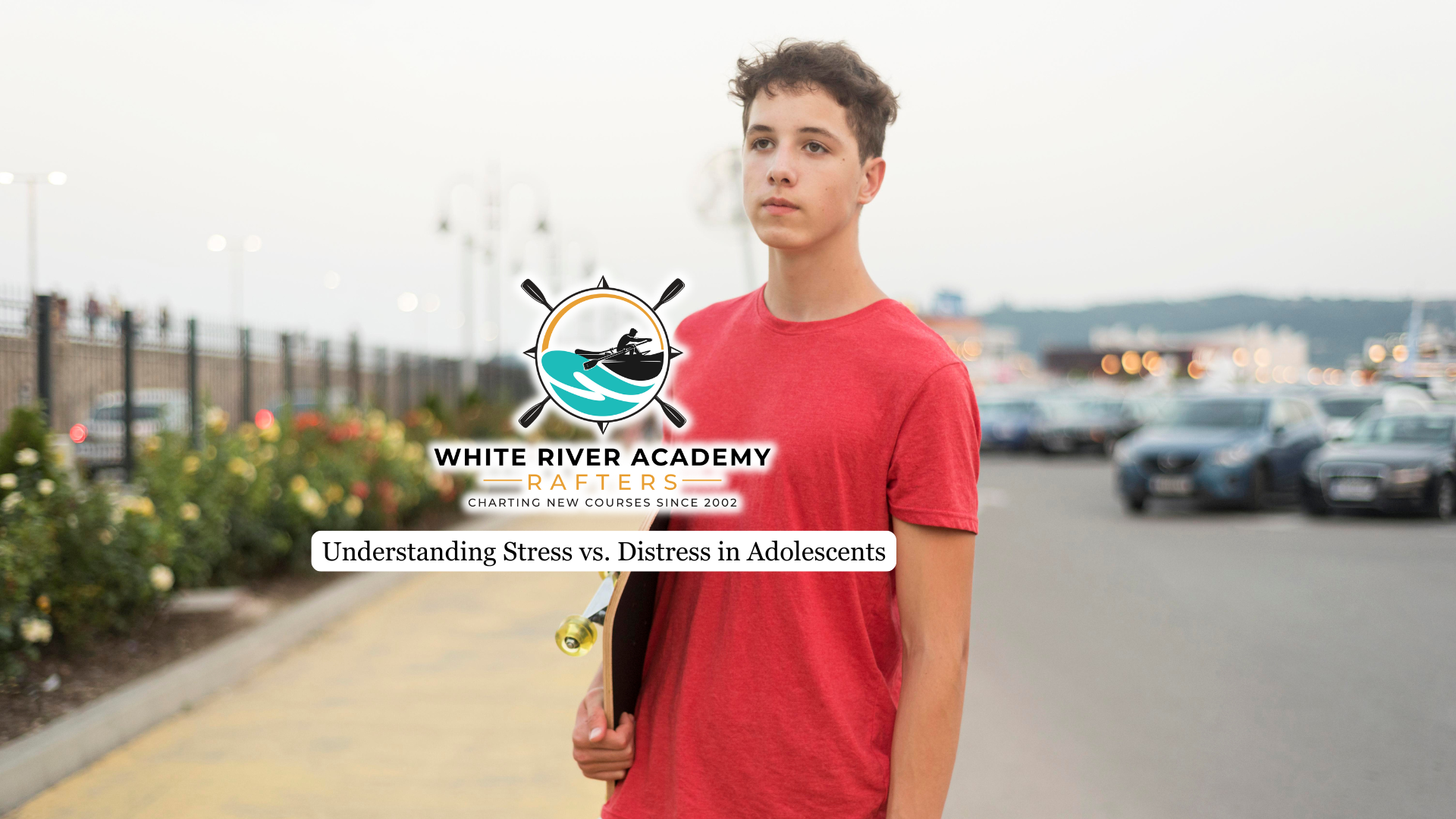Overcoming sexual addiction is a difficult process, particularly for adolescents who are also dealing with the challenges of growing up. Although finishing treatment is a major accomplishment, both teenagers and their loved ones must remain aware of the ongoing risk of relapse. In this situation, relapse often means reverting to destructive behaviors or ways of thinking that can hinder personal development and damage relationships.
This article discusses practical strategies and research-based methods to support teens in maintaining their recovery, developing resilience, and laying the groundwork for long-term success.
Building a Strong Support Network
Teens need trusted family, friends, and professionals who understand their challenges and provide emotional support, which is much needed after they’ve completed sex addiction treatment.
Participating in support groups for adolescents creates a safe space to share experiences and receive peer guidance. Mental health professionals specializing in adolescent sexual addiction can help navigate triggers and develop coping strategies while fostering open communication.
Encouraging family involvement strengthens relationships and creates a supportive home environment. Regularly attending therapy or support meetings reinforces commitment to recovery and provides ongoing education about managing urges effectively.
Engaging in Healthy Activities and Hobbies
Participating in structured activities like sports or arts can boost your self-esteem and sense of accomplishment, which are crucial for maintaining recovery.
Hobbies that involve social interaction, such as joining clubs or volunteering, help you build supportive relationships and reduce isolation that may trigger relapse.
Physical activities, including exercise and outdoor adventures, improve mental health by releasing endorphins and provide effective distractions from sexual urges.
Exploring new interests, like music, writing, or cooking, fosters a sense of purpose and engagement, making it easier to focus on personal growth rather than past behaviors.

Setting Clear Boundaries Around Sexual Behavior
Defining what’s acceptable and unacceptable reduces opportunities for compulsive sexual behavior.
Set specific limits, like avoiding triggering websites or situations, and openly discuss your boundaries with trusted friends or family to foster accountability and support.
Regularly review and adjust them based on your personal experiences and triggers to adapt to changing circumstances. Document your boundaries and reflect on their importance in maintaining a healthy lifestyle, especially during times of temptation.
Developing Coping Strategies for Triggers
Create a personalized list of healthy outlets, such as engaging in physical activities, practicing mindfulness, or seeking support from trusted friends or family, to help you navigate challenging moments when triggers arise.
Regularly participating in support groups or therapy sessions can reinforce these coping strategies and provide a safe space to discuss your struggles with sexual addiction.
Incorporating these techniques into your daily routine can redirect your focus and energy away from sexual urges, reducing the likelihood of relapse.
Educating yourself about the physiological and psychological effects of triggers can empower you to recognize warning signs and implement coping strategies proactively.
Practicing Mindfulness and Open Communication
Practicing mindfulness techniques, like meditation or deep breathing, can help you become more aware of your thoughts and feelings related to sexual urges, enabling you to respond to triggers in a healthier manner.
Mindfulness also enhances emotional regulation, which is key to managing the compulsive behaviors associated with sexual addiction and preventing relapse. Openly discussing your feelings, boundaries, and challenges with trusted family and friends fosters a supportive environment, making it easier for you to stay accountable and committed to your recovery journey.
Regular communication prevents misunderstandings and reinforces healthy relationships, further strengthening your resolve to maintain the progress you’ve made in treatment.
Attending Support Groups Regularly
Support groups provide a sense of community and shared understanding, which is vital for teens recovering from sexual addiction, as many also struggle with other mental health conditions.
These groups offer a structured environment to discuss experiences and challenges, fostering accountability and reducing isolation.
Participating in support groups can significantly enhance treatment efficacy, reinforcing recovery skills and coping mechanisms learned during therapy.
Engaging with peers who understand the struggles of sexual addiction empowers teens to maintain their commitment to recovery, as shared experiences often lead to increased motivation and resilience against relapse.
Monitoring Technology Use
Establishing parental controls and restricting access to certain websites can help reduce the likelihood of engaging in compulsive sexual behavior online.
It’s important to have open discussions about the risks associated with unmonitored technology use, creating a supportive environment where teens feel comfortable expressing concerns and seeking guidance when faced with temptations.
Setting specific times for device use, like no screens during meals or before bedtime, reinforces healthy habits and prioritizes emotional and mental well-being.
Final Thoughts from White River Academy
Consistency and commitment to the recovery process are key factors in preventing relapse and achieving lasting change. White River Academy in Utah offers a specialized sex addiction treatment program designed to provide male adolescents with the necessary tools and strategies for long-term recovery. Our comprehensive approach is tailored to the unique challenges faced by adolescents and includes individual and group therapy, family involvement, and aftercare support.




